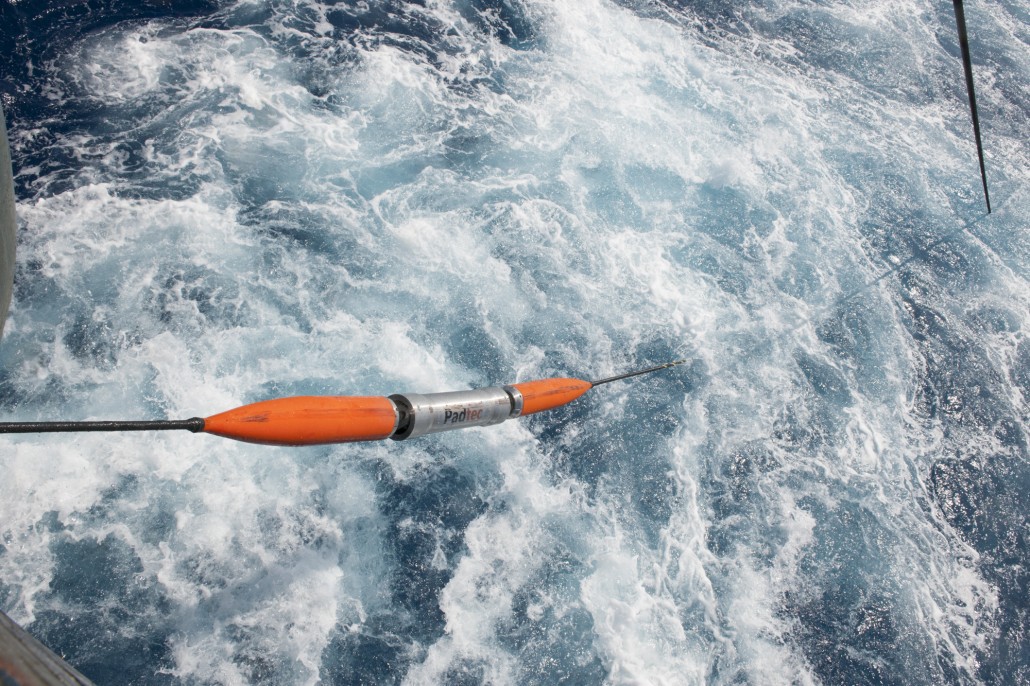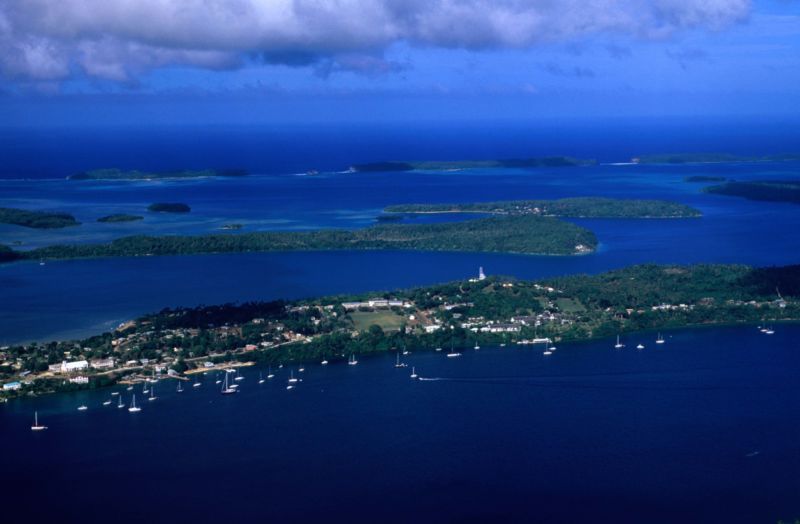
Submarine communication channels running on the bottom of oceans and seas are far from modern invention. The first attempt to lay a transatlantic telegraph cable was made in 1857. Unfortunately, it broke without benefit. Then several more problematic projects followed. And only in 1866 everything worked out - the cable was able to provide reliable telegraph communication between Europe and the United States.
Since then, dozens of different cables have been laid along the bottom of the oceans and seas - telegraph, telephone, and Internet backbones. Unfortunately, sometimes cables do break, which leads to difficult situations. Let's assess the recent accidents and their causes.

Illustration of a break in a telegraph cable during its laying in 1865
A gap, another gap!
An entire island without internet. We are talking about an accident that happened in 2019 - quite recently . Then the whole kingdom turned out to be without the Internet - the island country of Tonga. This state is based on 170 small islands, and they all depend on imports of food, electronics and, of course, the Internet.

It is "imported" using an undersea cable that broke in 2019. The length of the cable between Tongo and Finji is 825 km, this cable broke 10 km from the main island of the kingdom. The reason for the rupture was then found out - the ship was to blame, which dropped anchor too close to the mainline. When trying to pull out the anchor, he caught on the cable and tore it.
As a result, Tongo had to switch to satellite Internet, the bandwidth of which is much lower than the backbone. Fortunately, after a few days, the problem was accurately localized, after which the integrity of the cable was restored.
75 million inhabitants of the Middle East and India. One of the biggest accidents happened in 2008 underwater infrastructure. Presumably, the reason for it is also the anchor that a certain ship threw next to the main line. The anchor dragged along the bottom and eventually broke the cable. The accident here is much larger than in the previous case.
The population of Tonga is about 100 thousand people, i.e. this is the scale of a regional city in the Russian Federation. But the accident in 2008 left about 75 million people without the Internet - the population of the Middle East, Egypt and several other countries.

The accident caused several more Internet outages, as the traffic that was bypassed by the gap became too heavy a load for the networks of that time. As a result, many sites and services stopped working, and tens of millions of residents of the region were left without the Internet at all.
Even then, IT experts and several senior officials from a number of countries announced the need to strengthen the protection and monitoring of highways. I must say that this problem is still relevant now, 13 years later.
Taiwan... Another serious accident happened in 2006. Then, in December, there was a very strong earthquake in Asia. It caused the failure of 80% of the submarine cables that connected Taiwan with the rest of the world. Other countries were also affected. So, Hong Kong lost half of its Internet capacity, China and other countries in the region reported on the problems. Many commercial companies were affected by the disconnection.
Egypt . In 2013, Egyptian authorities arrestedthree scuba divers who cut the SMW-4 cable that provides internet to the entire country. The scuba divers sailed to the scene in an ordinary boat. They explained their actions by searching for sunken ships, where they wanted to profit from potential treasures. Having found the cable, they decided to steal its section, without thinking about what it serves.

The main causes of cable damage
The events described above are not exceptional; rather, they simply led to more serious problems than is usually the case with a cable break. According to statistics, cable damage occurs every three days. About three dozen ships sail across the seas and oceans, which are engaged only in the repair of highways - in most cases, cables are damaged as a result of friction against stones on the seabed. In 2019 alone, about 50 major repairs were carried out in the Atlantic.
Damage usually does not affect the global community, since modern backbones have a complex topology that allows traffic redirection in the event of damage to one of the communication channels. Well, the causes of damage can be divided into several groups, including:
- . - 25 . . , , , , ..
- , . . , , — .
- Earthquakes, tsunamis and typhoons. This is the most serious reason, since a simple breakage caused by an anchor or even sabotage is easy to fix. But the eruption of an underwater volcano, earthquake and tsunami with typhoons cause damage to several highways at once over a large area.

Kus
Unfortunately, it is difficult to avoid damage, if only because the total length of the highways is very large, you simply cannot keep track of everything. Now about 200 private operators control about 1 million submarine fiber optic cables.
At the same time, submarine cables are responsible for the transmission of about 97% of global traffic. Every day, about 15 million financial transactions with a total value of $ 10 trillion pass through them.
To avoid problems, experts provide some general advice:
- , 1 ( , ).
- .
- .
- .
- .
- .
